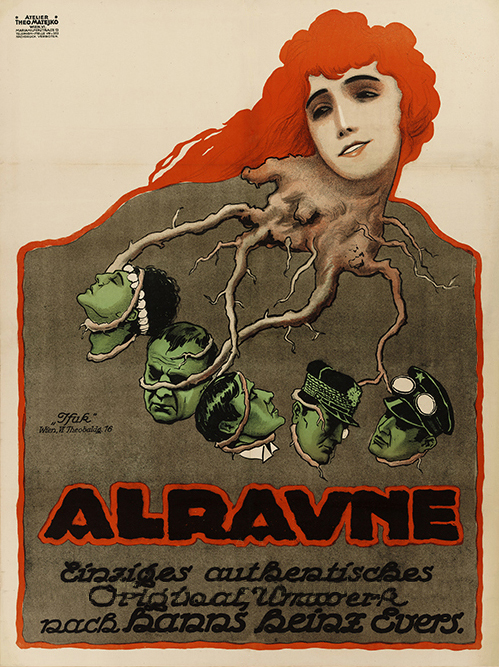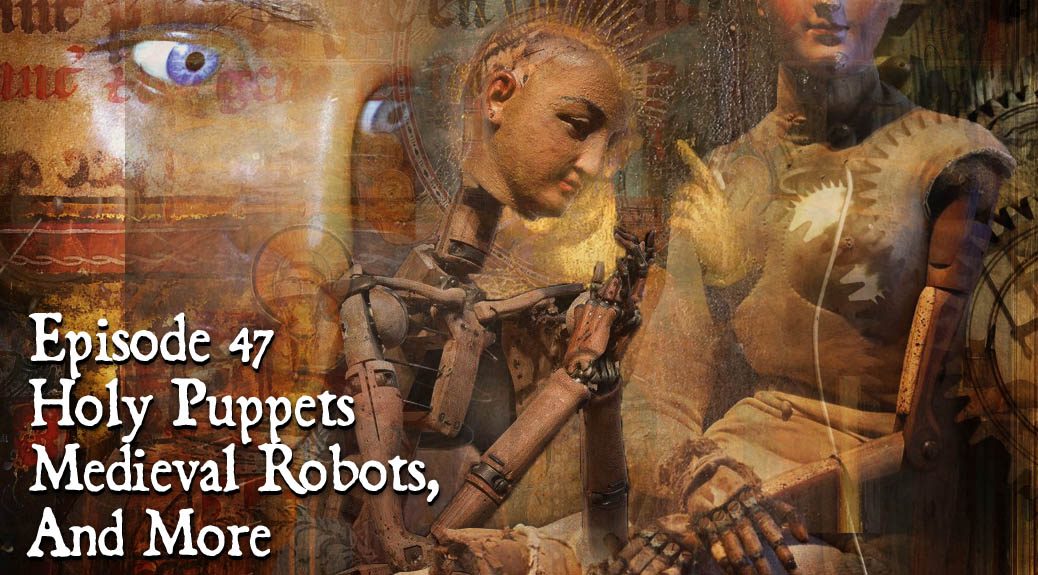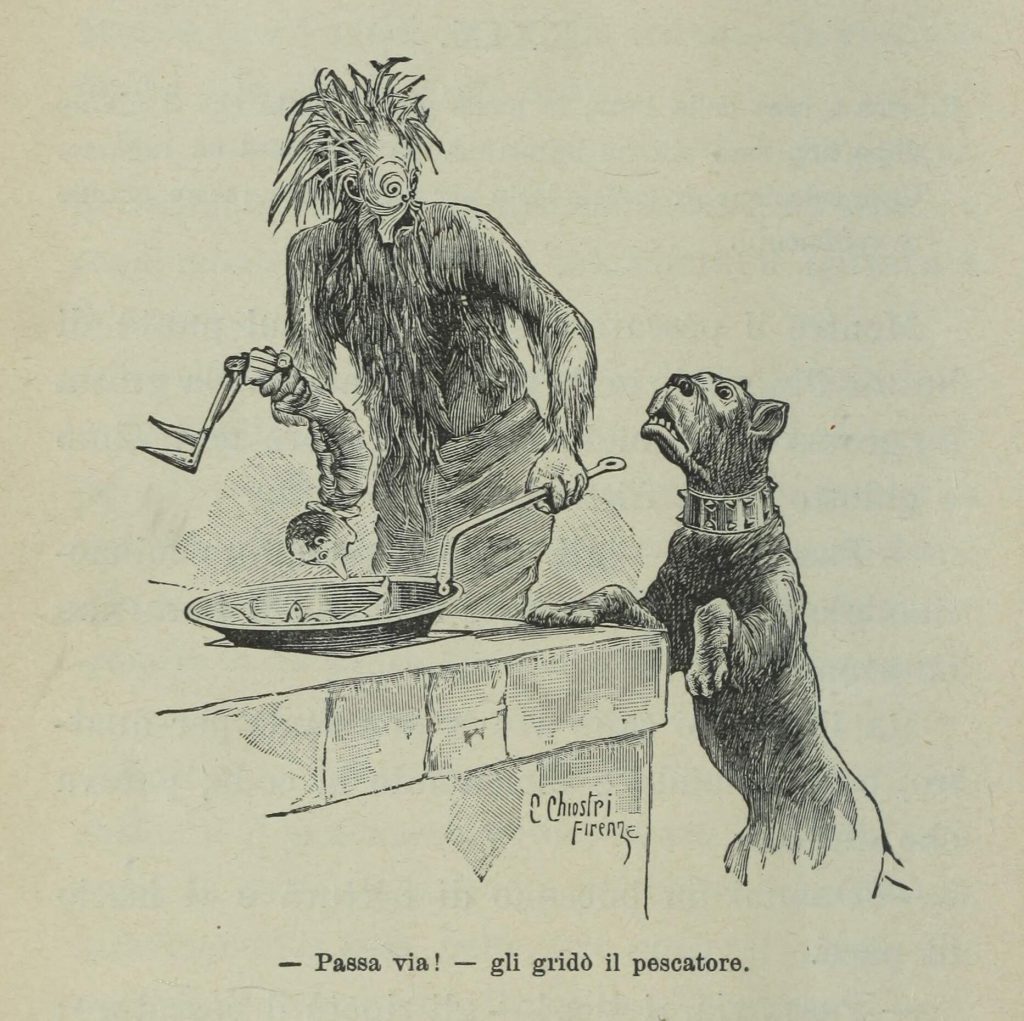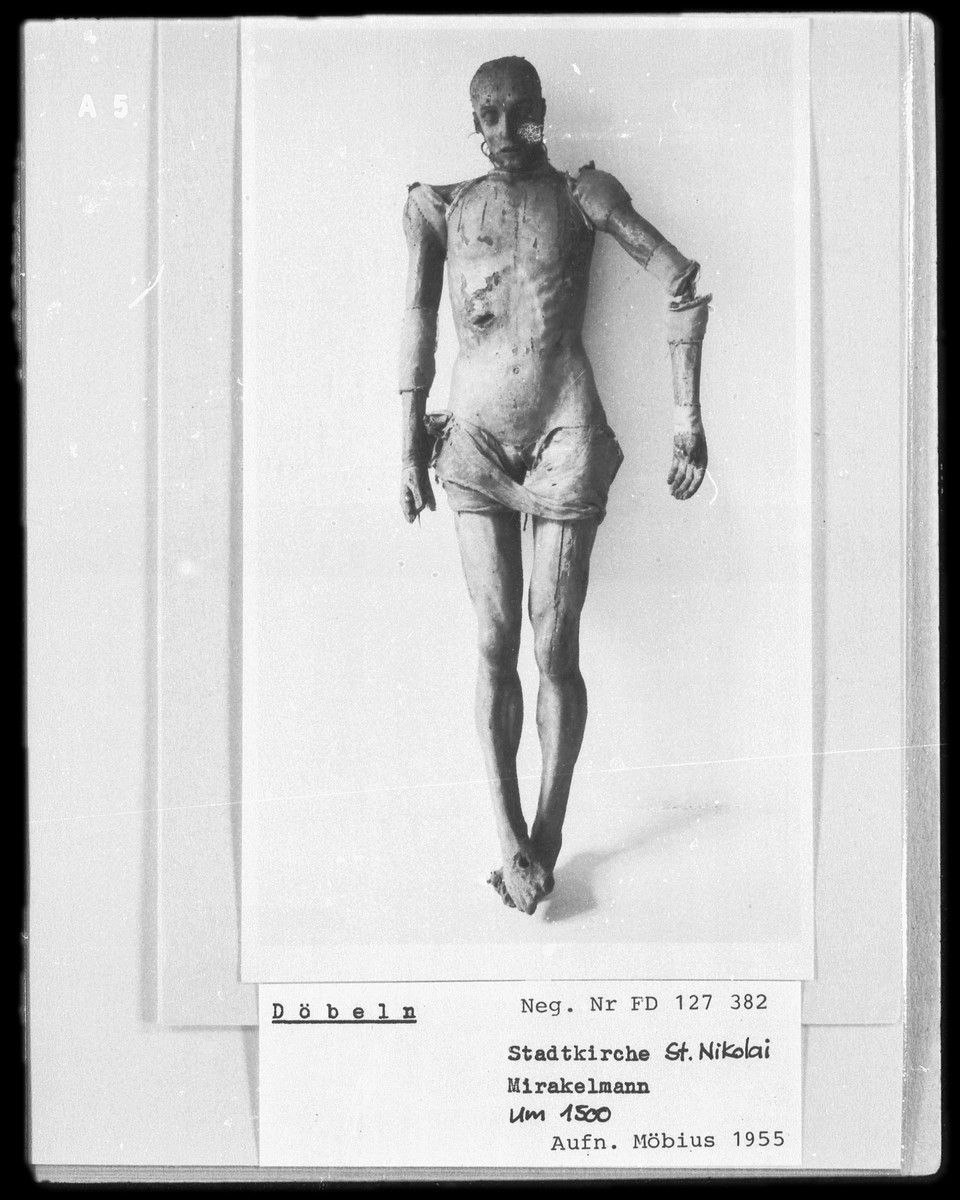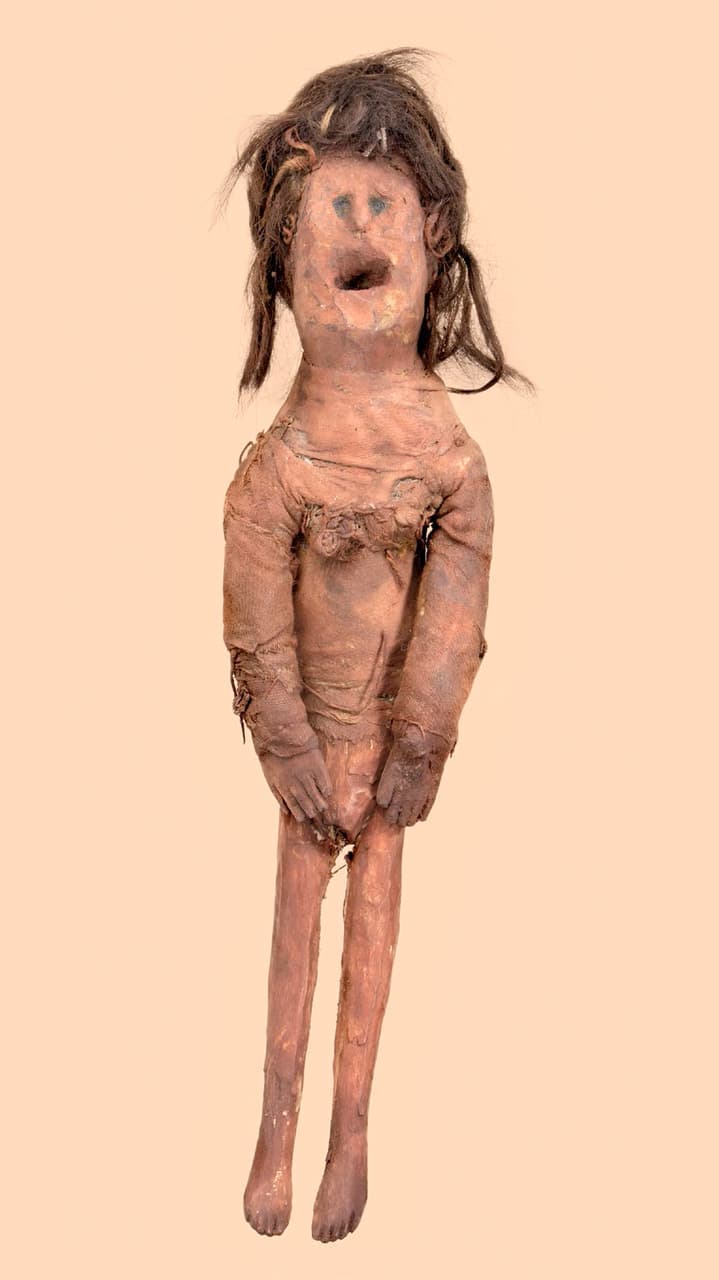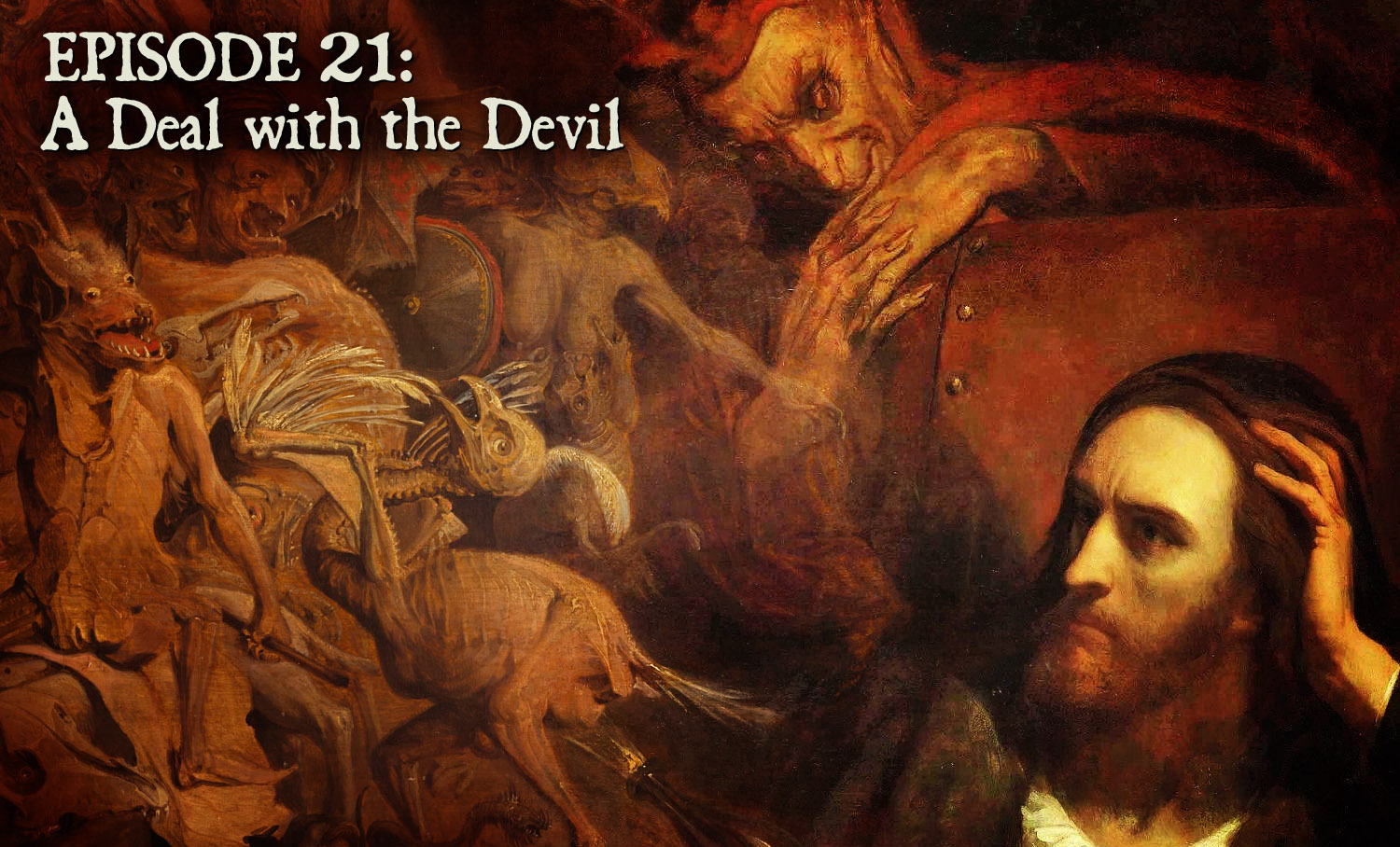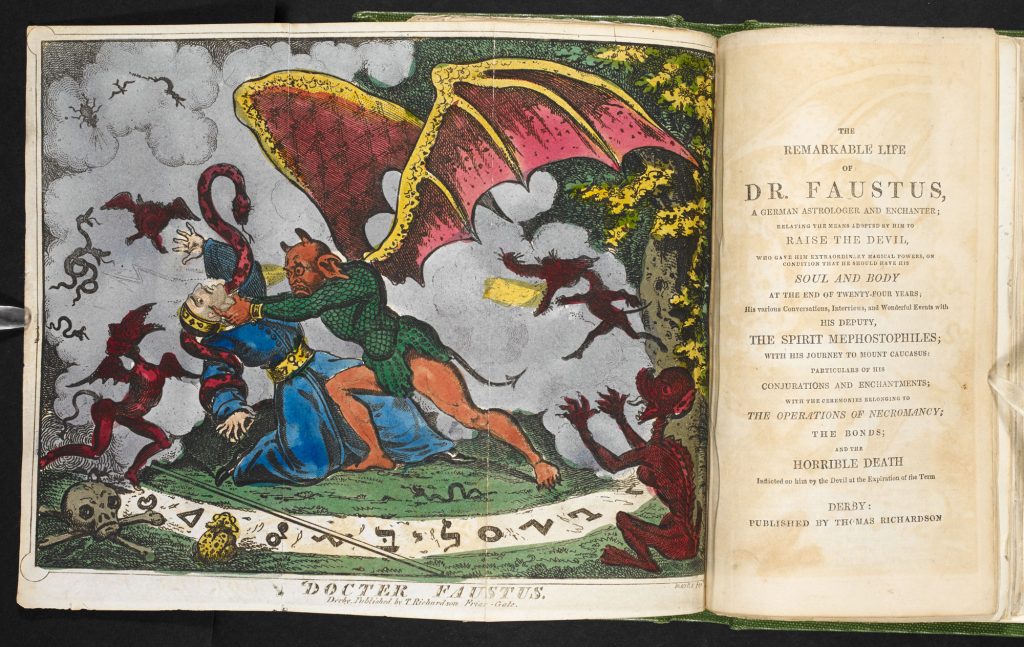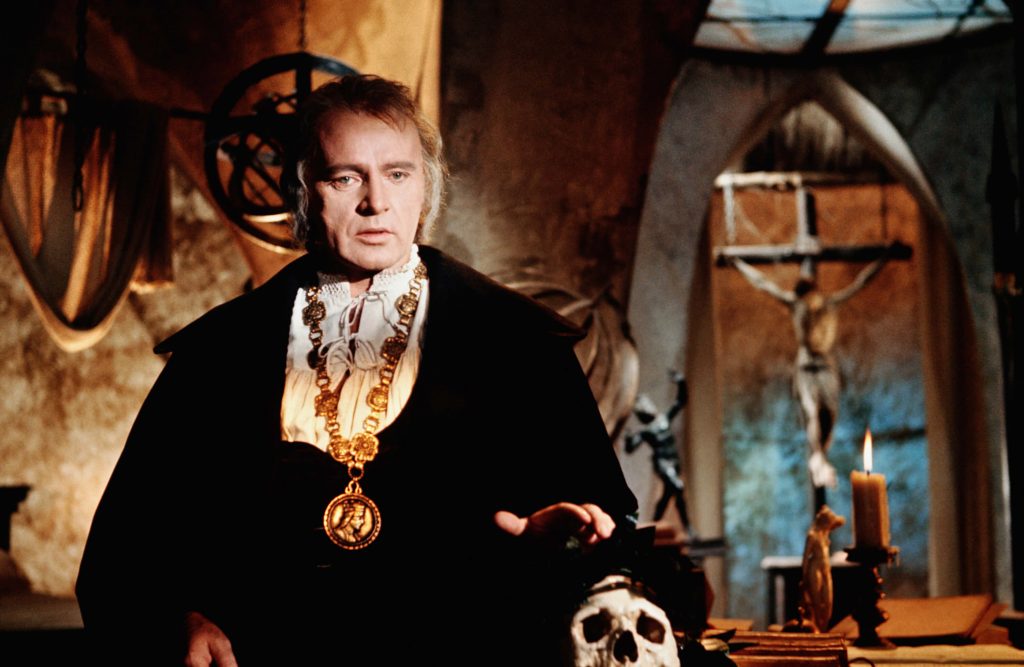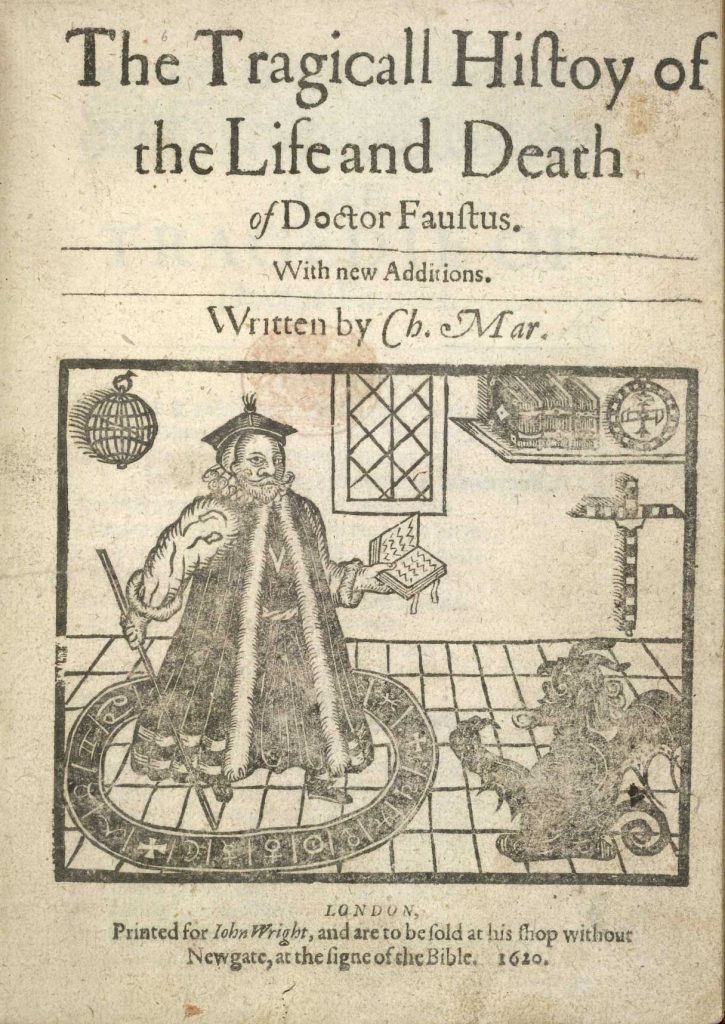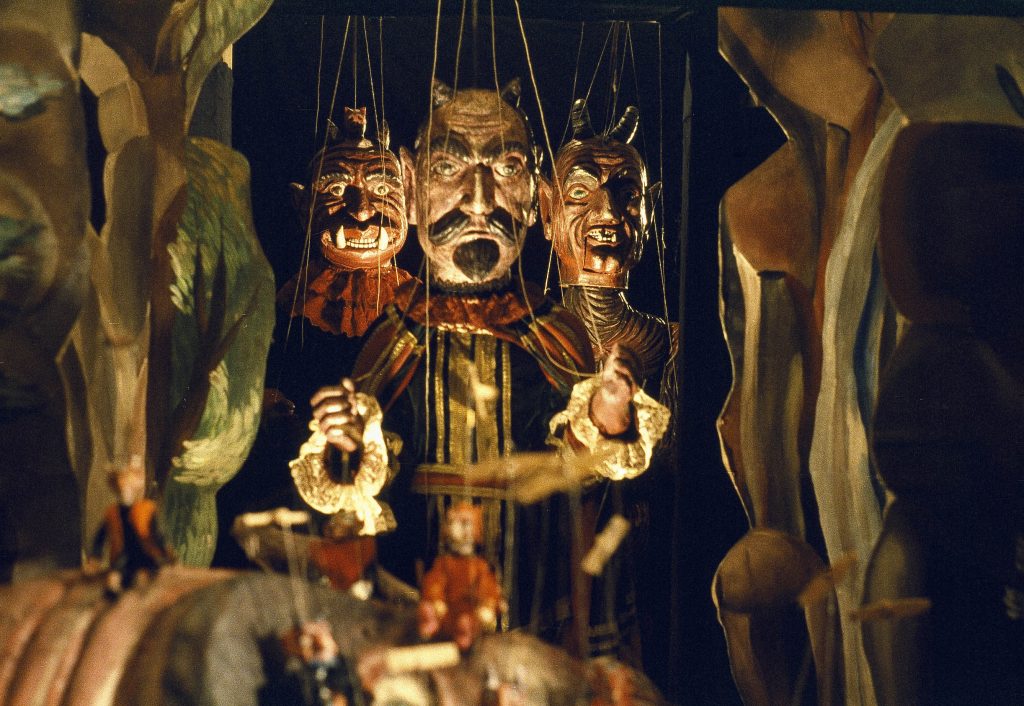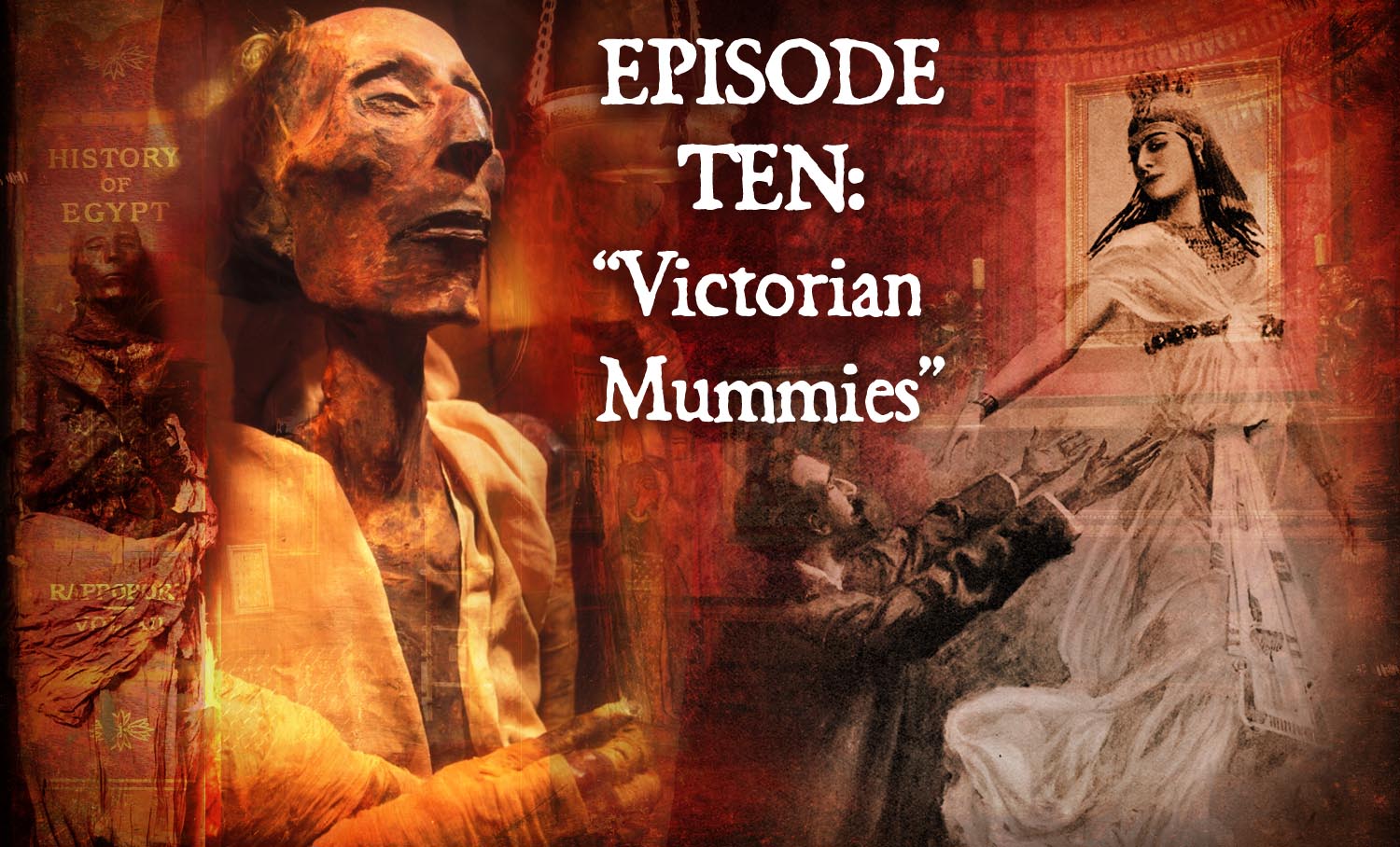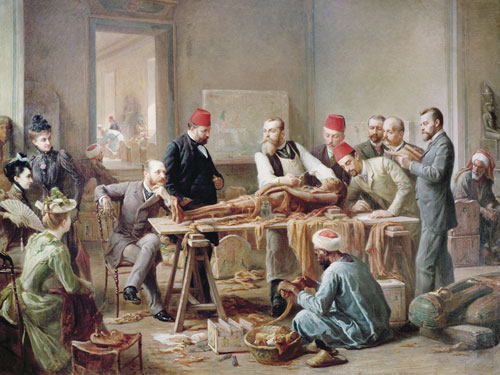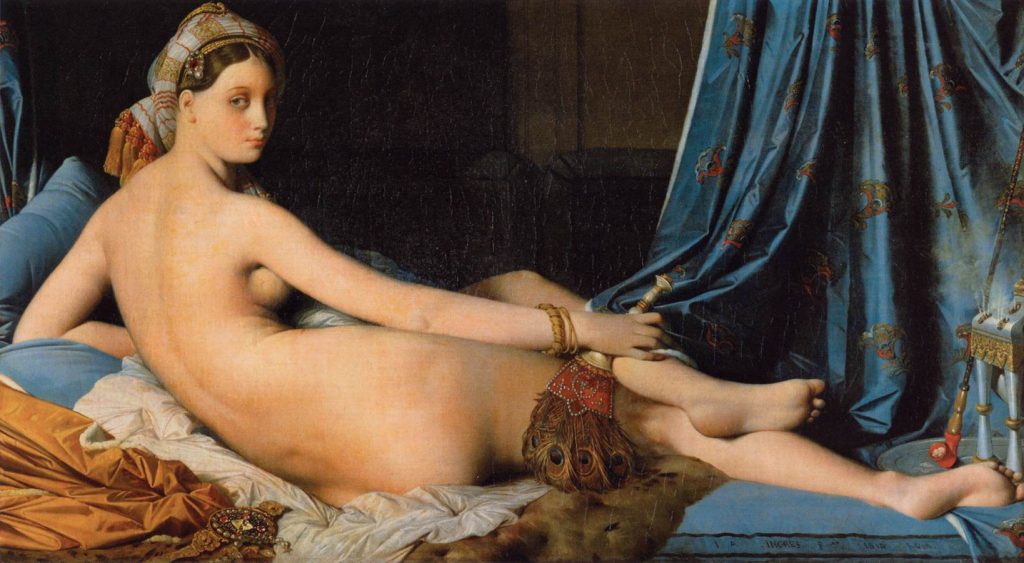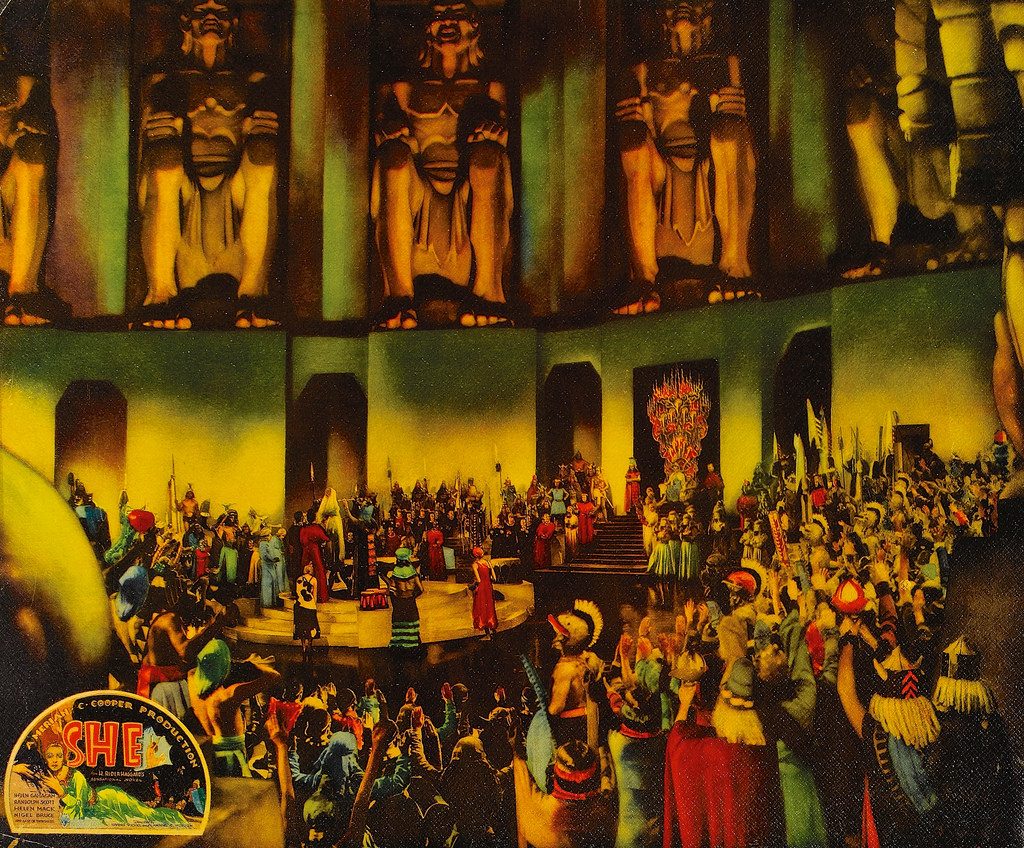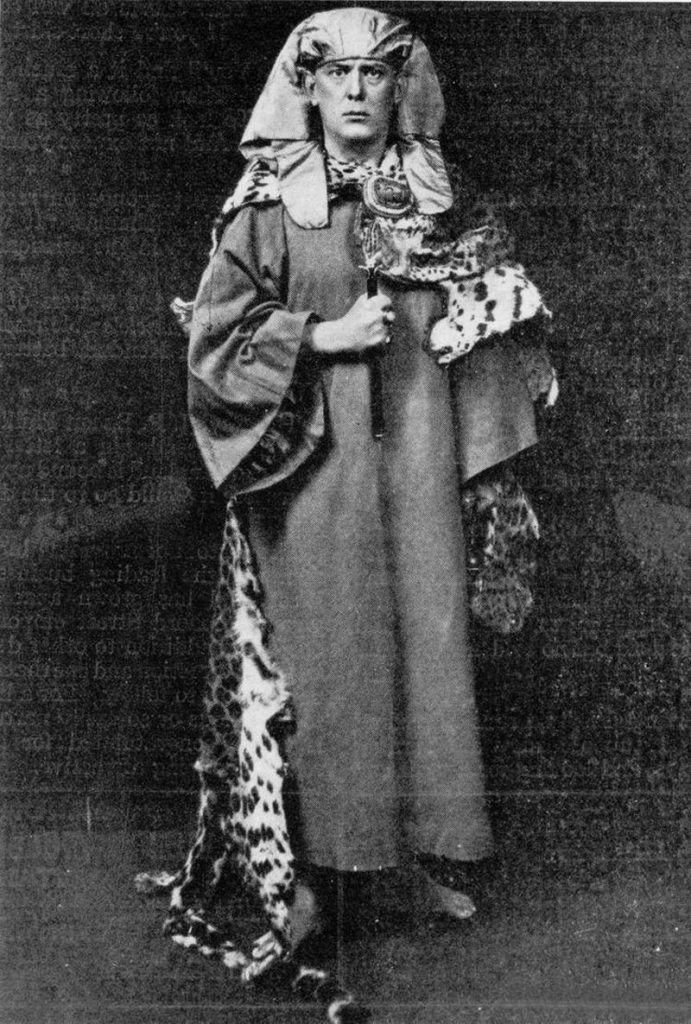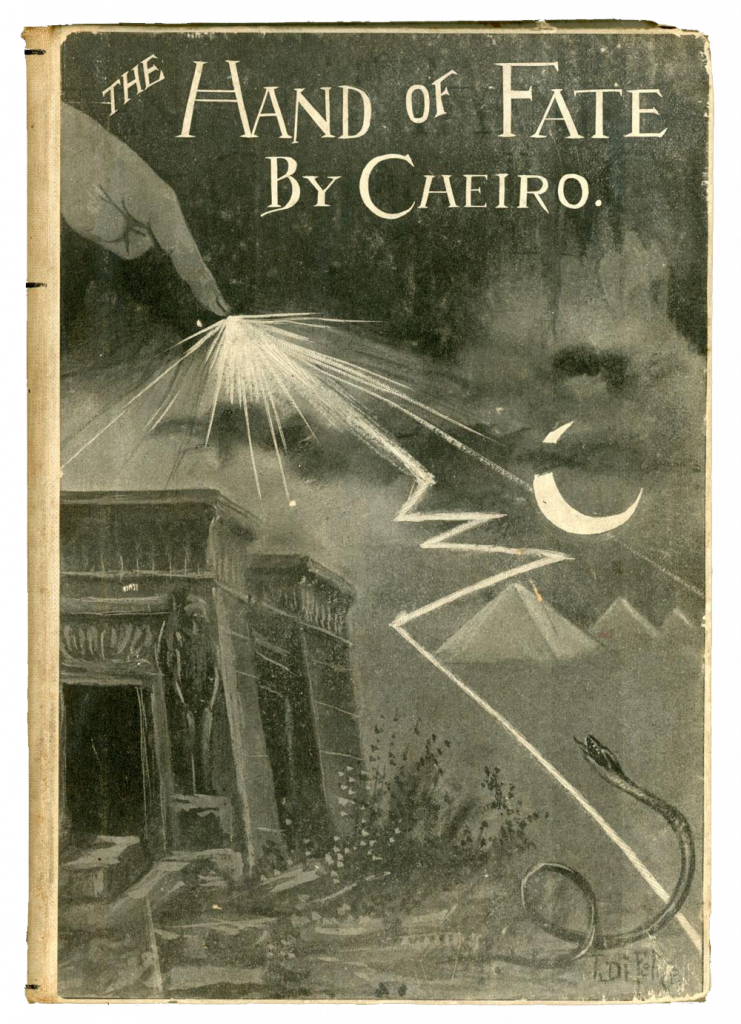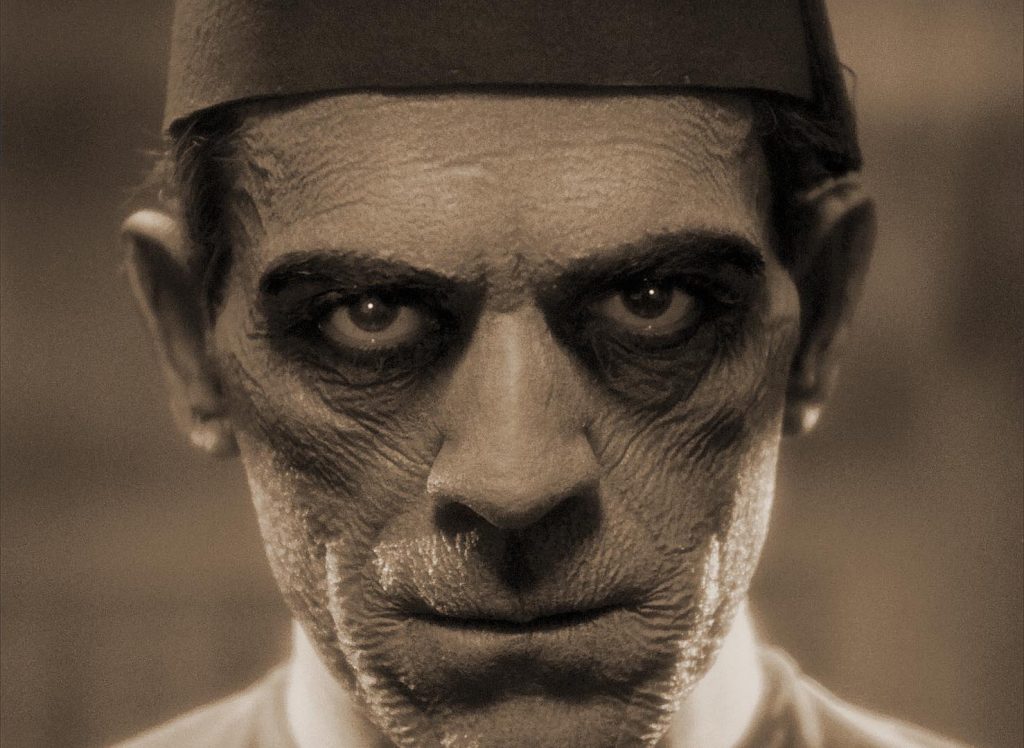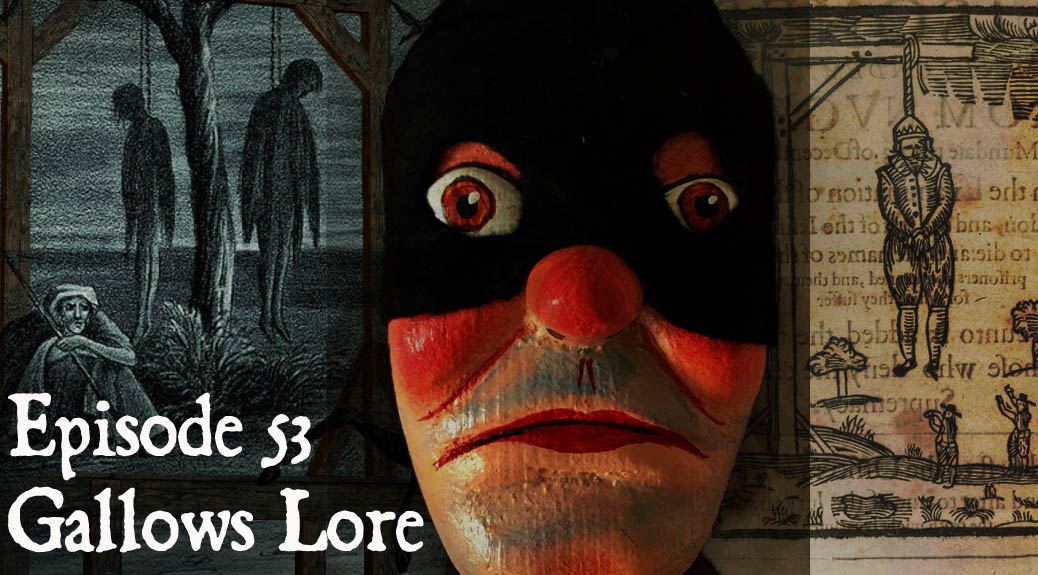
Gallows Lore
Podcast: Play in new window | Download (Duration: 47:38 — 54.5MB)
Subscribe: Apple Podcasts | Spotify | Android | Podchaser | RSS | More
We examine the lore of the gallows, focusing on the British Isles, encountering hangmen as figures straddling history and myth, strange histories and folk-tales, as well as superstitions and magical practice associated with the hanged man’s rope and body.
We begin, of course, with a bit of gallows humor, provided in the sea shantey, “Hanging Johnny,” from a 2004 Smithsonian Folkways recording.
Then it’s on to meet Jack Ketch, the 17th-century hangman who so fascinated the British public that he was memorialized in various turns of phrase, i.e, “to dance Jack Ketch’s jig” (the death spasms at the end of the rope). Emblematic of all who follow his trade, he was even adopted into the traditional Punch and Judy show.

Much of his reputation is based on grim incidents reflecting poorly on his skill — not with the noose but with the sword with which he was less practiced. We hear of two particularly grisly incidents in this arena: the executions of William, Lord Russell, and the Duke of Monmouth.
The Irish song “The Night Before Larry Was Stretched” opens a further discussion of the language of execution by hanging. “Stretched,” here is borrowed from the underworld dialect known as “criminal cant,” and of course means “hanged.” “Stretched at Tyburn” is another usage referring to the gallows of Tyburn, where the London’s hangings took place from the 12th century up to 1782. We hear a bit more about Tyburn’s strange configuration of scaffolding, (“The Tyburn Tree”) and of the “Execution Dock” on the Thames, reserved exclusively for pirates and smugglers.
Taking a quick side-trip to the technological side of things, we learn that throughout the Tyburn era, death by hanging occurred not through the long drop and broken neck, but a short drop and a dreadfully slow process of strangulation. This less decisive process occasionally resulsted in certain convicts being revived, such as the case of “Half Hanged Smith” in 1705. Mrs. Karswell reads for us Smith’s unhappy remarks on being thus revived.
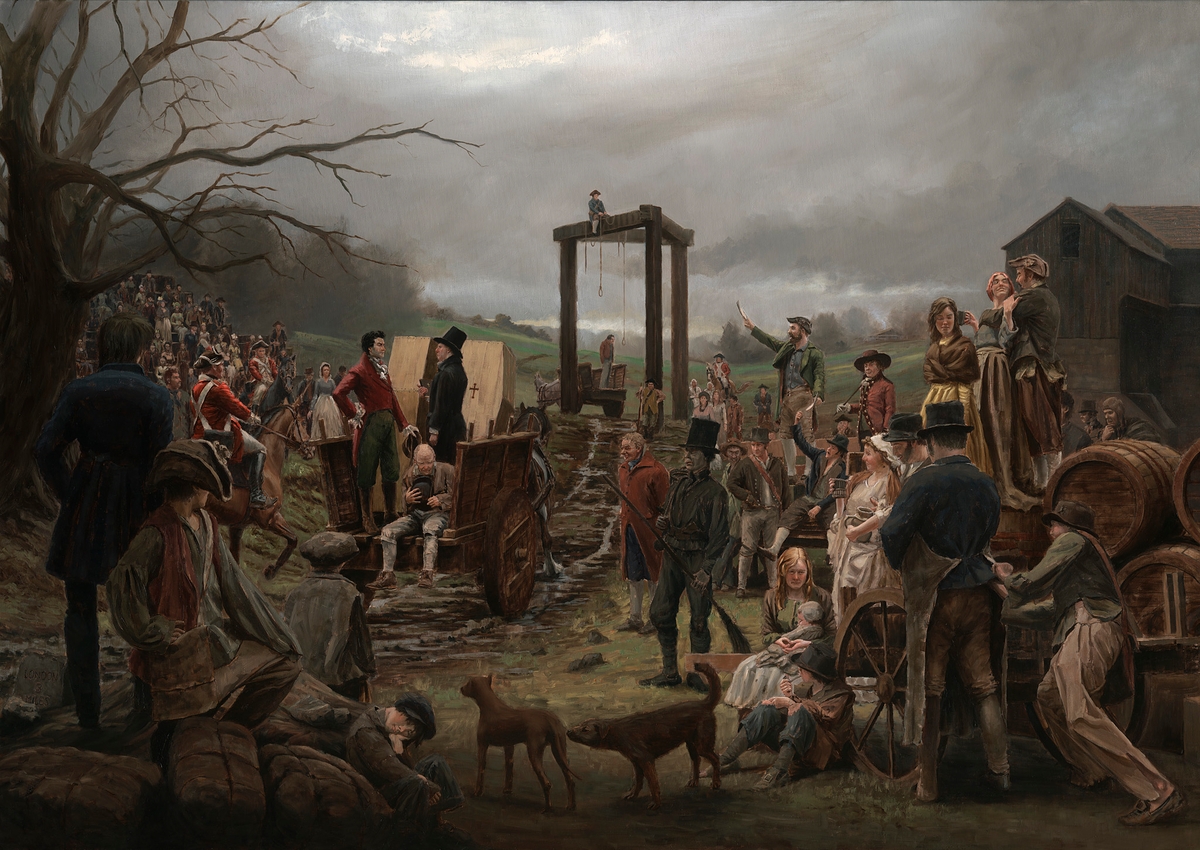
Prisoners to be executed at Tyburn were housed in Newgate Prison on conveyed by cart to the gallows in riotous public processions. Carnivalesque details of these proceedings and the reason for moving executions to Newgate in 1782 are explored. (And we stop at some pubs en route!)
One last topic before we move from history to folklore — the career of William Calcraft, another notorious London hangman serving from 1829 to 1874. We hear some unkind words on his professional conduct from Charles Dickens and about Calcraft’s relationship with Madame Tussaud’s.
Our look at the folklore of the gallows begins with the magical properties assigned to segments of the hangman’s rope, something sought out for everything from luck at gambling to the cure of various physical afflictions.
The touch of the hanged man’s hand (dead but still warm) was an even more widely sought cure for warts, cysts, and occasionally other ailments like epilepsy or paralyzed limbs or digits.
In 1888, the English writer Thomas Hardy placed this superstition, or a version of it, at the center of one of his most popular short stories, “The Withered Arm,” from which we hear some passages. A good BBC adaptation can be found here, btw.
The hand of a hanged convict needn’t be still warm and still attached to the wrist to offer magical protection. It can be severed and dried as is the case with the infamous hand of glory. This preserved hand of a hanged convict was widely used by thieves in Britain and Ireland as a charm that would incapacitate the occupants of a home they would burglarize — usually by a deep sleep, but some other mechanisms are also discussed. We hear some directions for creating and using the hand of glory from the 1706 French grimoire known as the Petit Albert.
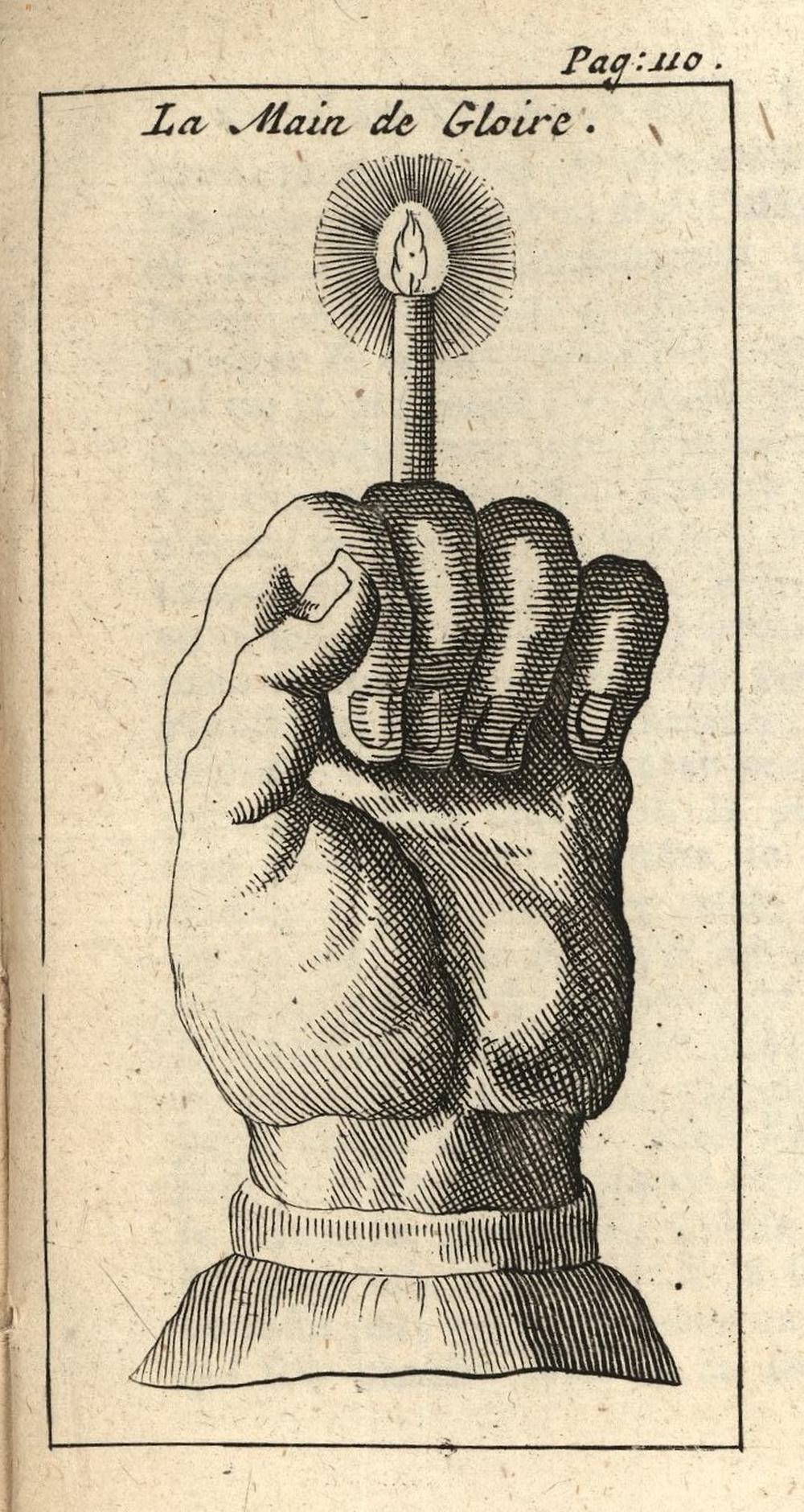
Belief in the power of such charms seems to have arrived in the British Isles from the continent. Particularly in German-speaking regions, there are a number of variations on the theme featuring the hands of unborn children, and other iterations discussed.
Two further hand of glory stories are recounted: one telling of a very strangely dressed visitor who might not be trusted from the 1883 volume About Yorkshire, and another from the delightfully comic 1837 collection of folk tales and ghost stories, The Ingolsby Legends by Richard Harris.
As for the actual use of this charm in a non-literary context, we hear a newspaper account from 1831 involving some Irish burglars unsuccessfully employing the talisman, and of an actual specimen recovered from inside a wall in 1935 and now preserved in the museum of the north English town of Whitby.
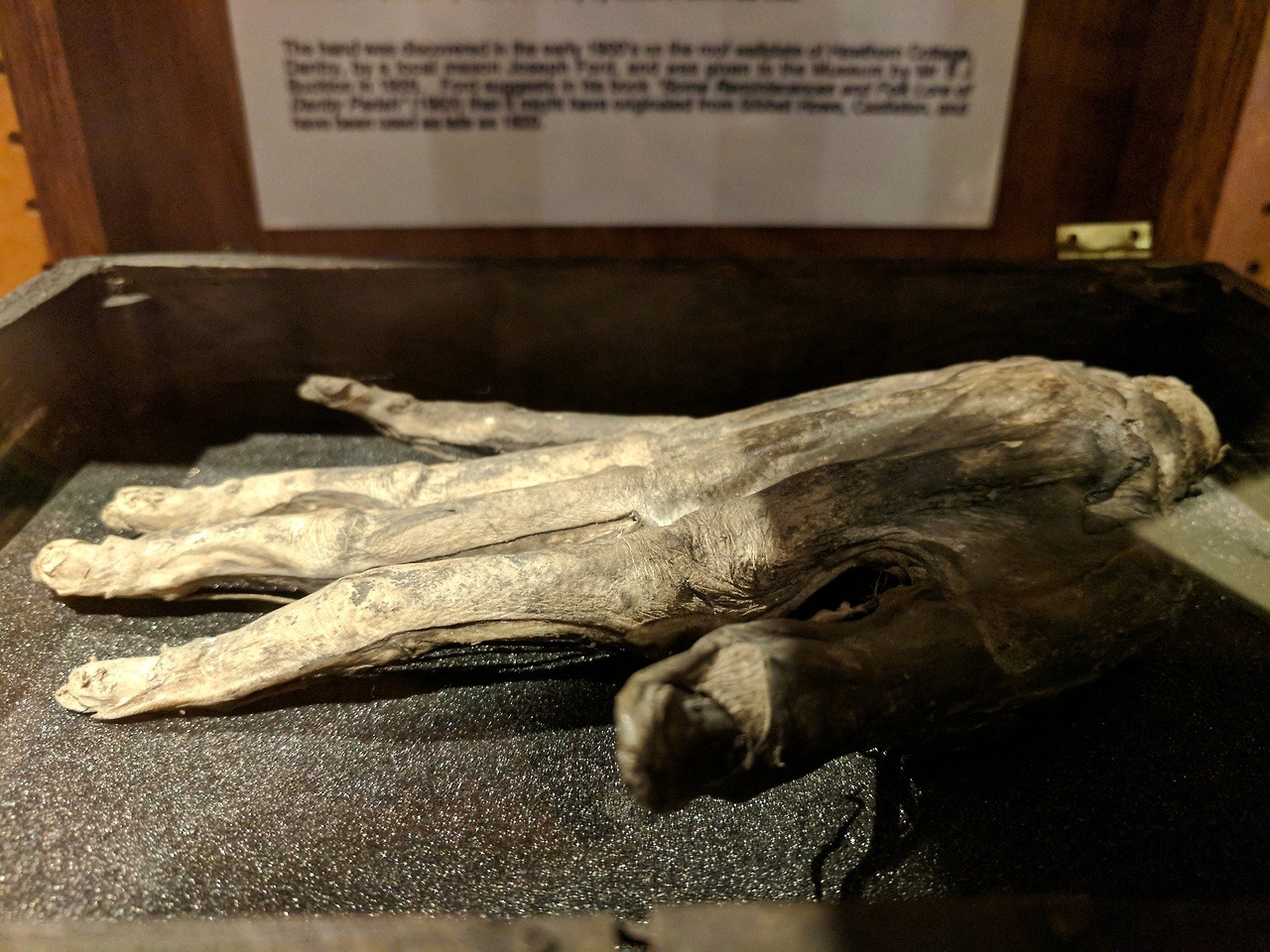
The strange name for this talisman, btw, comes from the French word for mandrake “mandragora,” which was heard by Brits as “main de gloire” (“hand of glory”).
But there are other parallels contributing to this confusion. As we noted in our “Bottled Spirits” episode in our discussion of Friedrich de la Motte Fouqué’s novel Galgenmännlein, or “little Gallows man,” the mandrake plant was believe to be seeded by bodily emissions (almost always semen) ejected from the hanged man at death.
We hear a bit more of the strange folklore of the mandrake, and then have a look at how this theme was explored in the 1911 novel Alraune (another German word for “mandrake”), a sort of early science-fiction story by Hanns Heinz Ewers describing the results of an experiment in which a prostitute is impregnated with the semen of a hanged man. The novel has been adopted several times in German cinema, including a 1952 version featuring Erich von Stroheim, which we hear in the background.
We close with a cheery hanging ballad: “MacPherson’s Lament,” supposedly composed by Scottish outlaw Jamie MacPherson on the eve of his execution in 1700.
